Putting the Science Back in Library Science: Collection Development, Diversity Audits, & Understanding Teens – Analyzing Data for Decision Making
I began working at The Public Library of Mount Vernon and Knox County in Ohio in January of 2015, for the second time. This was actually the public library I got my start in and I, along with a peer named Holly, were the first people ever hired to do teen services at this library. We started the collection from scratch as paraprofessionals and it has been interesting to return and work with this collection once again, a little over 20 years later.
As an experienced and now professional librarian, I work with collections much differently than I did when I began in the early 1990s. For one, there is now far more YA literature than there was in the beginning. Also, my understanding of adolescent development, collection development, and the role of libraries has changed dramatically. I have a greater sense of purpose that comes with having more experience and a stronger foundational knowledge. The collections I build today are more purposeful, and less personal, than they were in the beginning.
ADVERTISEMENT
ADVERTISEMENT
So after spending the first year getting re-acclimated to my home library, I dived deep into some real data analysis. I like working with data, facts and figures, to help me better understand who I’m serving, what they’re reading, and how I can best meet their needs. Below I will outline the lengthy process I went through to put together some good data and a plan of recommendations that I drew from analyzing that data.
Step 1: Understanding Teens as a Whole
As part of our Serving Full T.I.L.T. series a few years back, several fellow YA librarians and myself went through and put together a good, foundational statistical report of what we knew about teens today in the United States. This helps us understand what teenage life is like in the United States.
Step 2: Local Community Demographics
I then went through the process of putting together an extensive local community demographics profile. I searched high and low for every piece of data I could find about our community, including census data, poverty rates, high school graduation rates, etc. I didn’t just focus on teens at this point, though it does have a lot of data about teens which I eventually extracted out for my final report. These two steps gave me a solid portrait of what the national picture of teens looks like as well as at my local level. I won’t go into the process in depth here because I wrote a post about this step here: Doing a YA Collection Diversity Audit: Understanding Your Local Community (Part 1)
Step 3: Diversity Audit
I then spent a solid month really look at my library collection, focusing on YA fiction and GNs/Manga, to get a look at how diverse my collection was – or wasn’t – to help guide selections and acquisitions. My goal was to build a more diverse collection to help my teens live in a more diverse world. I wanted them to see both themselves reflected and to step into the shoes of lives different than their own to help increase their knowledge, understanding, and compassion of the world they are living in. Again, I have previously blogged about this process and you can read those posts here:
Doing a YA Collection Diversity Audit: The How To (Part 2)
Step 4: Circulation and Collection Analysis
I then worked with reports to do a lot of weeding, a lot of purchasing, and a lot of data analysis. I looked at what percentage of the collection each part of my YA collections made up and compared it to the overall library holdings. I compared circulation statistics in the same way. For example, I could determine that my YA Fiction holdings were approximately 2% of the entire library holdings and then look to see what percentage of the overall circulation YA Fic items made up. You want the percentage to be the same or more than the holdings. So if YA Fic is 2% of the overall holdings, you want the circulation to be 2% or more of the overall circulation.
If the percentage of holdings is less than the percentage of circulation, you then have to work to find out why. For example, we have a small physical YA Audio collection that is an even smaller percentage of our overall circulation. The most probable reason why is that most teens no longer have CD players to play books on CD on. But the statistics make it clear that these items are not circulating well for us and we should devote less money and shelf space to these items.
In comparison, we have a fairly small collection of GNs and Manga, but the percentage of their circulation is higher. This means that one way we could increase our circulation may be to increase the size and holding of our GN and manga collection.
The data I collected included:
- Total number of items held in the library collection
- Total number of item per each collection that I purchased for, including YA fiction, graphic novels and manga, YA audio, and YA nonfiction
- Total number of circulations for the entire library collection
- Total number of circulations per each collection that I purchased for, including YA fiction, graphic novels and manga, YA audio, and YA nonfiction
- Total percentage of holding for each collection that I purchase for
- Total percentage of overall circulation for each collection that I purchase for
- Percentage of collection that hasn’t circulated in the last calendar year
- Number of items added to each collection in the last calendar year
- Total amount spent on purchasing new items for the collection in the last calendar year
- Average cost per item spent in the last calendar year
- Total number of items weeded in each collection in the last calendar year
ADVERTISEMENT
ADVERTISEMENT
Some of the data I wanted to analyze I did not have good access to. For example, we subscribe to Hoopla and they do not break out YA items from children/youth items. We have contacted Hoopla and hope that they will work to provide some better data for us in the future.
We do not catalog or shelve our YA titles by genre, but if you do this type of analysis can also help guide future purchasing as you develop a better idea of what types of books your teens are reading. I can do this to some extent just by weeding because I have a long track record in YA, read it a lot, and have just worked a lot with YA fiction. Someone new to YA would have a harder time, though it would definitely help them learn more about their new collection.
Step 5: Findings and Recommendations
I took all of this data and put it into a visual report, an infographic, and then submitted a number of findings and recommendations. For example, I suggested that we stop purchasing YA on CDs and allow the collection to self-weed and put a greater emphasis on our digital YA audio collections. I recommended a variety of other things as well, such as moving the physical location of a couple of collections, increasing the size of a couple of collections, and looking into keeping track of in-house item use for materials such as GNs, manga and nonfiction because a lot of our patrons tend to read them in-house, put them on a shelving cart, and never really check them out. I have observed teens sitting in the YA area and reading entire stacks of GNs and manga that never get checked out and we are missing not only circulation stats, but useful collection development numbers to help guide series retention.
I did all of this background work while doing the daily business of managing staff, maintaining a Teen MakerSpace, working the Reference desk on occasion, etc. So yes, it took a few months to almost a year, but the information I have gained has been invaluable. I now have a much deeper understanding of my local community and a more comprehensive knowledge of my collection. I feel like I am making more informed decisions all around in serving my teens and building our collections. I enjoyed both the process and the outcome. I highly recommend it.
Filed under: Collection Development
About Karen Jensen, MLS
Karen Jensen has been a Teen Services Librarian for almost 30 years. She created TLT in 2011 and is the co-editor of The Whole Library Handbook: Teen Services with Heather Booth (ALA Editions, 2014).
ADVERTISEMENT
ADVERTISEMENT
SLJ Blog Network
2024 Books from Pura Belpré Winners
In Memorium: The Great Étienne Delessert Passes Away
Winnie-The-Pooh | Review
Parsing Religion in Public Schools
ADVERTISEMENT

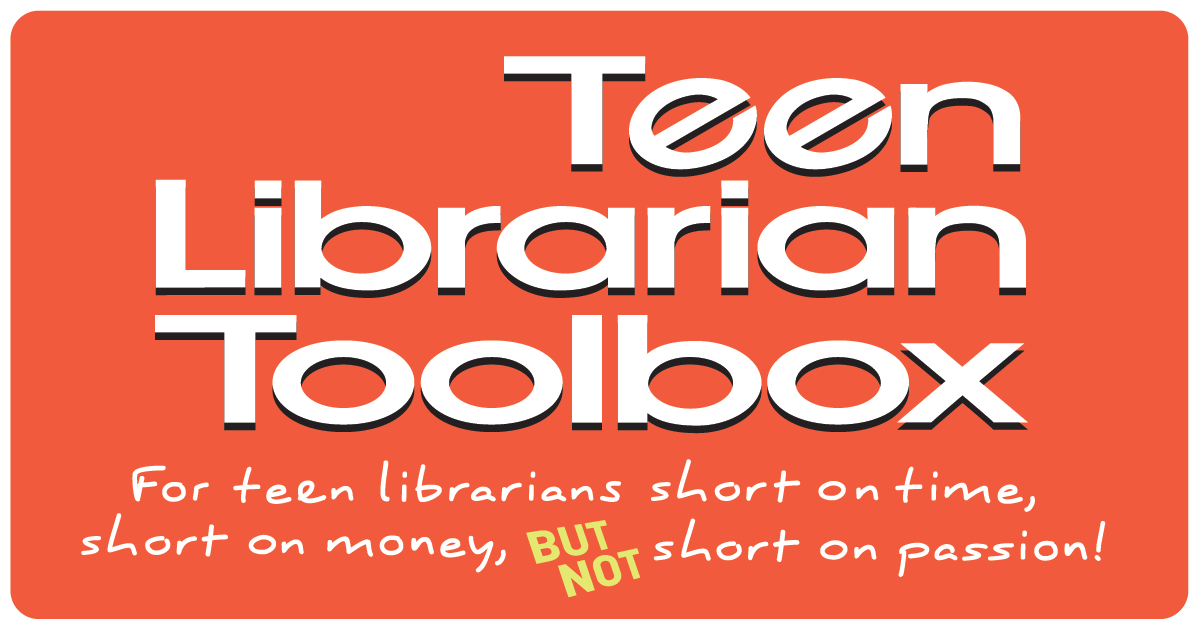
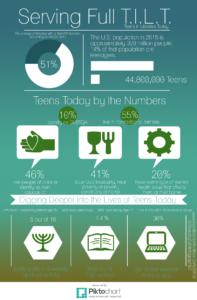
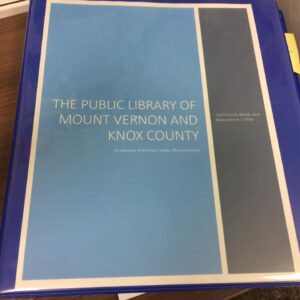

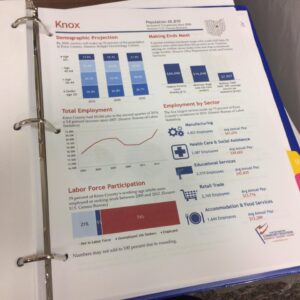
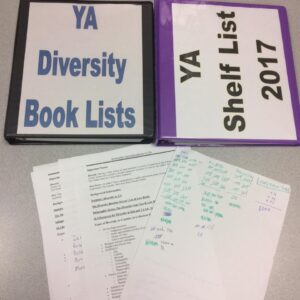
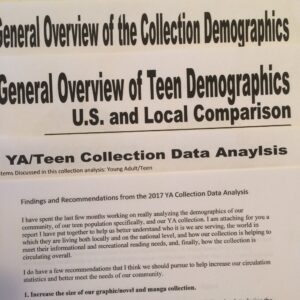



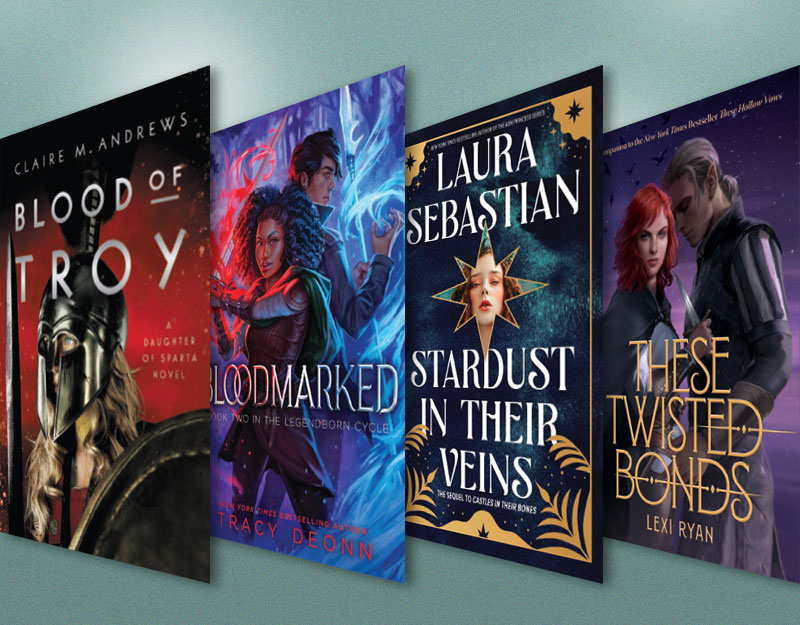
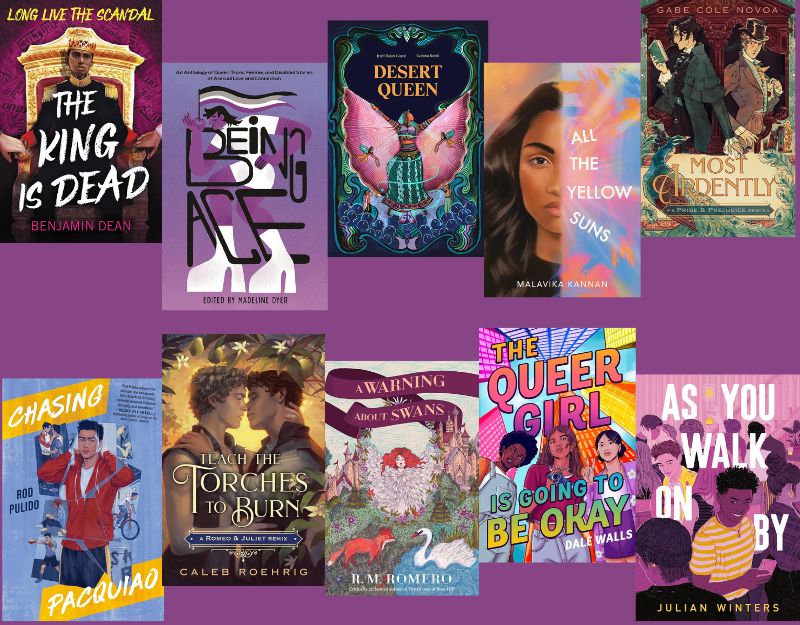

Thank you for sharing all of the details of this process – and also that it took the better part of a year. I am inspired and recognizing that it might be a year-long process that is done gradually helps to make it not seem overwhelming.